Hash Map
作业说明
Milestone 1: Const-Correctness
首先打开main.cpp,找到student_main()函数,这个函数是用来测试里程碑 1 的。首先这个函数本身应该是没有 bug
的但是这个函数调用函数的参数应该是const类型。
首先需要修改这些函数的定义。我修改了
//void print_difference(HashMap<string, int> &lecturer_record, string &lecturer1, string &lecturer2);
void print_difference(const HashMap<string, int> &lecturer_record, const string &lecturer1, const string &lecturer2);//std::set<KeyType> find_keys(HashMap<KeyType, MappedTyped> &map);
template<typename KeyType, typename MappedTyped>
std::set<KeyType> find_keys(const HashMap<KeyType, MappedTyped> &map);
这样的话,函数就无法正常编译,因为有些HashMap有些成员函数也应该是const
所以要去hashmap.cpp和hashmap.h中重载一些函数。 我们逐个错误去去解决。
首先第一个错误是map.end()报错,这里应该是返回一个常量的。找到函数的声明是
iterator end();
应当重载为
const_iterator end() const;
为什么不能重载为const_iterator end()?因为C++不支持仅基于返回值类型重载。
考虑对于函数的重载,真的需要完整的实现?其实并不是,因为我们可以使用static_cast 和 const_cast 实现代码的复用。
先说static_cast函数,本质上是显示类型转换,有些类似C语言的强制类型转换。主要的差别在运算过从中进行类型检查,以避免隐式类型转换和其他不安全的类型转换。
static_cast<int>(1.2);
(int)1.2;
这两句话在这里的作用是一样的。
再说const_cast的作用是解除对const关键字的限制。如果你需要在某些情况下修改一个 const 变量的值,但编译器不允许直接修改,可以使用
const_cast。换句话来说就是将 const T* 转换为 T*,或 const T& 转换为 T&。
好,接下来说一下我们重载的思路。我们首先调用iterator end()函数,并对返回值做类型转换。
我们通过auto ptr = this, 结合 CLion 的提示就可以知道this 的类型是const HashMap<K, M, H> *, 这也就意味着如果
this -> end() 调用的函数只能是const_iterator end() const,也就变成了递归调用。如何解决这个问题?我们可以
const_cast<HashMap<K, M, H> *>(this)去掉const关键字的限制,这样就可以正常调用iterator end()
所以最终这样就好了。
template<typename K, typename M, typename H>
typename HashMap<K, M, H>::const_iterator HashMap<K, M, H>::end() const {return static_cast<const_iterator>(const_cast<HashMap<K, M, H> *>(this)->end());
}下一个需要重载的函数就是
M &at(const K &key);
重载为
const M &at(const K &key) const;
函数实现就是
template<typename K, typename M, typename H>
const M &HashMap<K, M, H>::at(const K &key) const {return static_cast<const M&>(const_cast<HashMap<K, M, H> *>(this)->at(key));
}
下一个需要重载的函数是
iterator find(const K &key);
重载为
const_iterator find(const K &key) const;
函数实现为
template<typename K, typename M, typename H>
typename HashMap<K, M, H>::const_iterator HashMap<K, M, H>::find(const K &key) const {return static_cast<const_iterator>(const_cast<HashMap<K, M, H> *>(this)->find(key));
}
Milestone 2: Special Member Functions and Move Semantics
去掉注释后,我发现原本可以正常编译的代码无法编译了。
这是因为我们没有一些成员函数定义为const,我把size(),empty(),load_factor(),bucket_count(),contains()的定义修改后就可以正常运行。
我们需要实现以下四个函数
拷贝构造函数
函数定义
HashMap(const HashMap &other);
函数实现
HashMap 有三个变量,分别是_size内部元素个数,_hash_function哈希函数,_buckets_array桶数组。哈希函数不变很好理解。对于元素的值,我们不能直接拷贝桶数组,这样会直接指向原始的对象,并不会拷贝对象。因此我可以新建全部为nullptr的桶数组,并把个数设为零,然后逐个把元素插入到新的HashMap就好。
template<typename K, typename M, typename H>
HashMap<K, M, H>::HashMap(const HashMap<K, M, H> &other):_size(0), _hash_function(other._hash_function),_buckets_array(other.bucket_count(), nullptr) {for (const_iterator iter = other.begin(); iter != other.end(); iter++) {this->insert(*iter);}
}拷贝赋值函数
函数定义
HashMap &operator=(const HashMap &other);
函数实现
首先我们要判断左值和右值是否是一个对象,如果不是一个对象才需要进行赋值。
如果要赋值,则首先应该把左值都清空。然后应当把左值的哈希函数赋值为右值的哈希函数。
要注意此时左值和右值的桶数组大小可能是不同的,我们要注意把桶的大小对应上。
最后把右值的值逐个插入即可。
template<typename K, typename M, typename H>
HashMap<K, M, H> &HashMap<K, M, H>::operator=(const HashMap<K, M, H> &other) {if (this != &other) {this->clear();this->_hash_function = other._hash_function;this->_buckets_array.resize(other._buckets_array.size(), nullptr);for (const_iterator iter = other.begin(); iter != other.end(); iter++) {this->insert(*iter);}}return *this;
}
移动构造函数
函数定义
HashMap(HashMap &&other);
因为全部都是对象,所以其实我们直接初始话列表加std::move就能解决
template<typename K, typename M, typename H>
HashMap<K, M, H>::HashMap(HashMap<K, M, H> &&other):_size(std::move(other._size)),_hash_function(std::move(other._hash_function)),_buckets_array(std::move(other._buckets_array)) {}
移动赋值函数
函数定义
HashMap &operator=(HashMap &&other);
函数实现
整体思路与移动构造函数很接近
template<typename K, typename M, typename H>
HashMap<K, M, H> &HashMap<K, M, H>::operator=(HashMap<K, M, H> &&other) {if (this != &other) {this->clear();this->_size = std::move(other._size);this->_hash_function = std::move(other._hash_function);this->_buckets_array = std::move(other._buckets_array);}return *this;
}
源码阅读
主要是阅读hashmap.h和hashmap.cpp。
首先HashMap类用到了三种类型K,M,H分别表示键、值、哈希函数。并且把pair<const K, M>定义为value_type。
成员变量
这个哈希表是拉链法实现的,所以定义一个这样的类
struct node {value_type value;node *next;node(const value_type &value = value_type(), node *next = nullptr) :value(value), next(next) {}};
用来记录每个节点的值,和节点指向的下一个点。
然后定义了三个成员变量,_size, _hash_function,_buckets_array。分别表示哈希表类元素的个数,哈希函数,头指针。
HashMap()
除了默认构造函数外,他实现了一个
explicit HashMap(size_t bucket_count, const H &hash = H());
这个函数指定了初始桶的大小,并且让桶内全部是nullptr
~HashMap()
只采用默认的析构函数。
size()
返回哈希表的大小。就是返回_size
empty()
判断哈希表是否为空,返回size() == 0
bucket_count()
桶的大小,返回_buckets_array.size()
find_node(const K &key)
首先定义了一个using node_pair = pair<node*,node*>用来储存一堆点的指针。
这个函数是给定一个key,找到这个key对应的键值对n,并返回n的前驱和n两个点的指针。如果找不到返回<nullprt,nullptr>。
为什么还需要前驱?因为当指向删除操作时,需要把n前驱的后继指向n的后继。
如何实现?本质时先找到key对应的index,再遍历桶中index的链。
contains(const K &key)
判断键是否存在于hashmap中,返回find_node(key).second != nullptr
at(const K &key)
找到key对应的值。
重载了两个版本
M &at(const K &key);
const M &at(const K &key) const;
实现方法,用find_node查找对应的键值对。
clear()
清空hashmap,遍历每一条链,然后不断的把链头指向后继,直到链头为nullptr。
make_iterator(node *curr);
根据指针找到对应的迭代器。
这里讲一下迭代器如何实现的。
其实很简单,迭代器主要用三个成员变量
bucket_array_type* _buckets_array; // 指向桶数组
node* _node; // 指向当前节点
size_t _bucket; // 记录当前节点在哪个桶中。
然后每次可以根据node->next找到下一个点,如果下一个点是nullptr说明当前的链变量完了,要遍历下一个链,如果所有的链都遍历完了,则hashmap遍历完了。
因此这个迭代器实际上只是Forward Iterator。
所以我们只要根据值找到对应的桶数组和下标再遍历一下链找到key就好了。
find(const K &key)
找到key对应的键值对,并返回指向键值对的迭代器。重载了两个版本。
iterator find(const K &key);
const_iterator find(const K &key) const;
实现方法,用find_node找到点,然后用make_iterator返回迭代器。
insert(const value_type &value)
插入值,根据value.first计算出哈希值,然后找到对应的桶数组把这个值插到末尾即可。最后++_size。
erase(const K &key)
用find_node找到点,然后把前驱后继接起来。
erase(const_iterator pos)
因为要返回删除后点,所有我们可以先向后走一步,再删除前驱节点。
begin()
遍历桶数组,找到第一个非空的链,返回链头的迭代器。
end()
返回nullptr的迭代器。
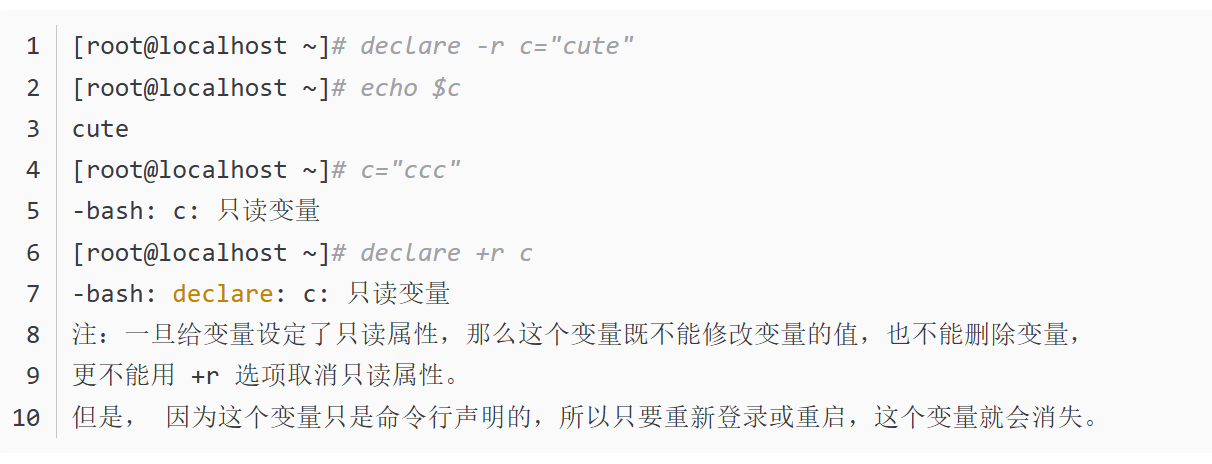
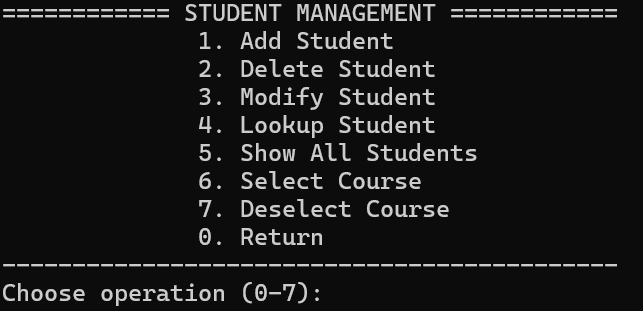
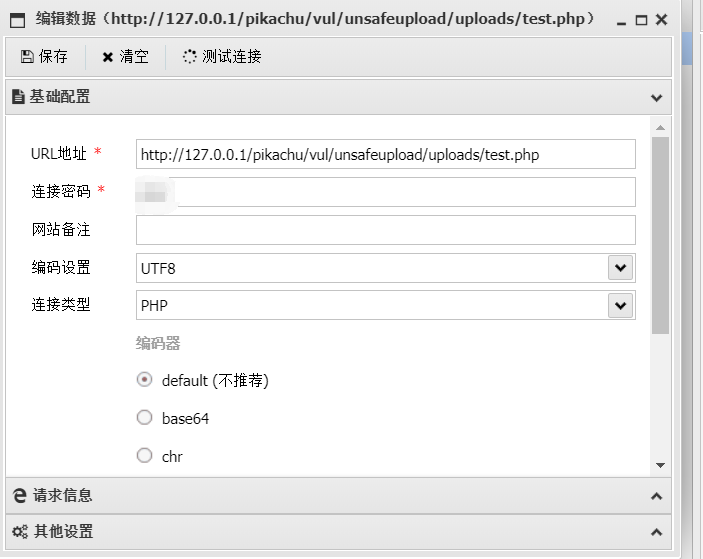


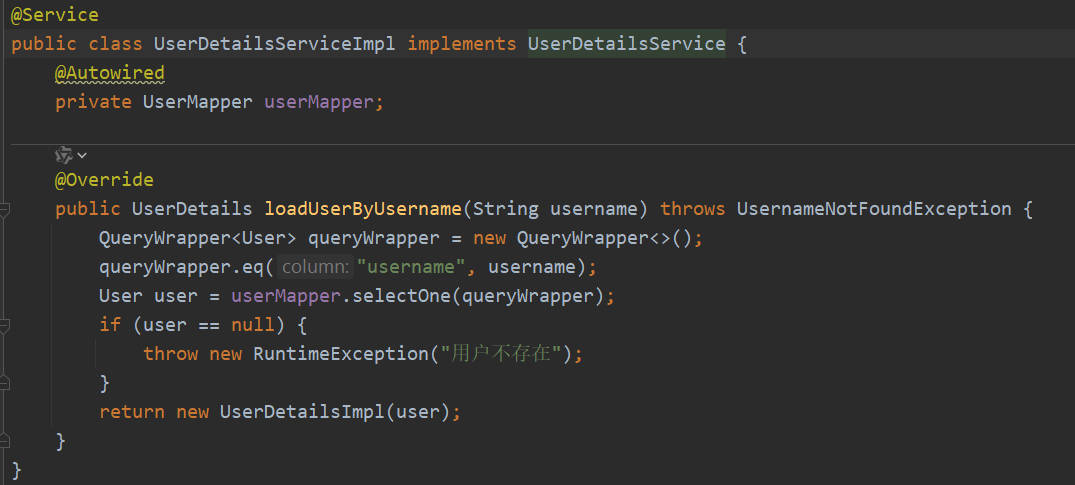

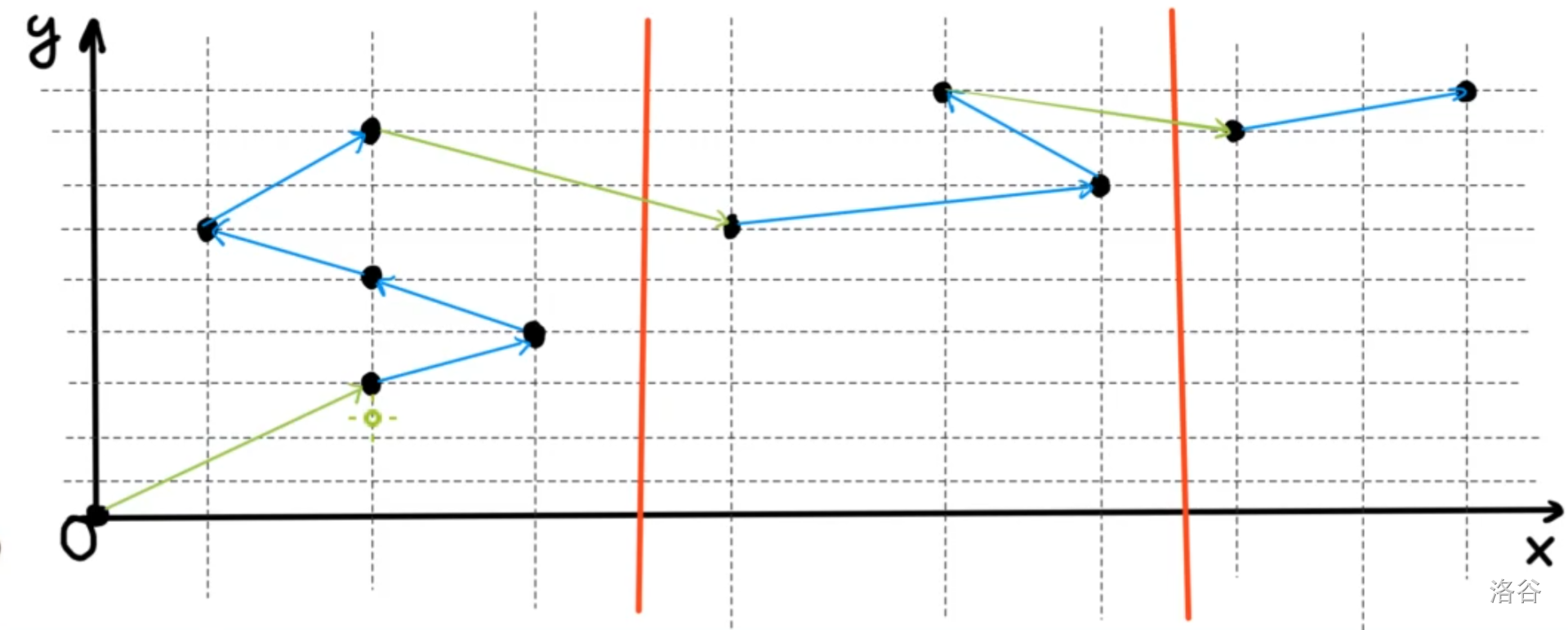


![[Java SE] Java静态代码块与静态属性的执行顺序](https://blog-static.cnblogs.com/files/johnnyzen/cnblogs-qq-group-qrcode.gif?t=1679679148)
